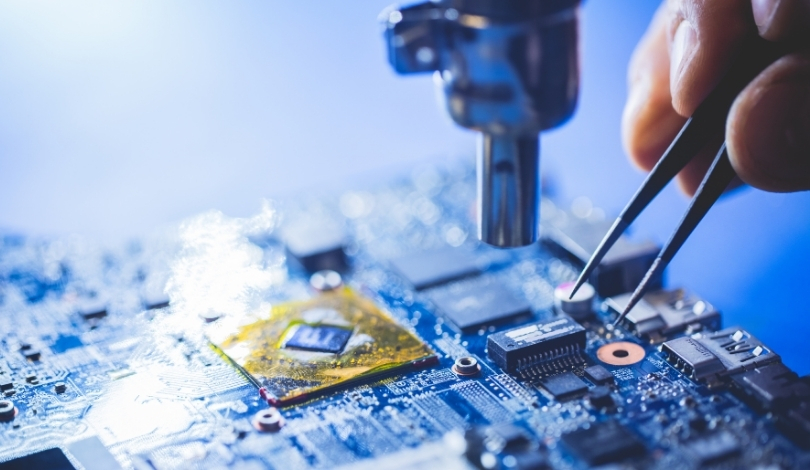In today’s digital landscape, choosing the right port and cable is crucial for optimal device performance. Thunderbolt and USB have emerged as the leading contenders, each offering distinct advantages for different applications. Consumers and tech enthusiasts are keen to understand which technology best suits their needs, whether for data transfer, charging, or peripheral connectivity. As devices become more sophisticated, the demand for efficient and versatile connections continues to grow, making this comparison essential for informed decision-making.
Thunderbolt and USB have long been staples in the realm of connectivity. Thunderbolt, initially developed by Intel in collaboration with Apple, is renowned for its high-speed data transfer capabilities and versatility in connecting various devices. On the other hand, USB, a ubiquitous standard supported by nearly all electronic devices, offers widespread compatibility and ease of use. Both technologies have evolved over the years, with recent advancements bridging some of the gaps between them while also introducing new features that cater to modern tech demands.
How Do Thunderbolt and USB Compare in Speed and Performance?
Thunderbolt stands out with its superior data transfer rates, reaching up to 40 Gbps with Thunderbolt 4, which significantly surpasses the latest USB 3.2 standards. This makes Thunderbolt ideal for tasks that require rapid data movement, such as video editing and large file transfers. USB, while slower, offers sufficient speed for everyday tasks and is continually improving with each new iteration.
What Are the Compatibility and Versatility of Each Port?
USB’s greatest strength lies in its universal compatibility, as it is supported by a vast array of devices across different brands and platforms. Thunderbolt, although less widespread, provides greater versatility in connecting multiple types of peripherals through a single port.
“Thunderbolt’s ability to daisy-chain multiple devices without compromising performance is a significant advantage,”
says a leading tech analyst.
Which Technology Offers Better Value for Consumers?
When it comes to value, USB is often the more economical choice due to its widespread availability and lower cost. However, for professionals who require high-speed connections and superior performance, investing in Thunderbolt may offer long-term benefits. The decision ultimately depends on the user’s specific needs and budget constraints.
Recent discussions highlight that while USB continues to dominate the market with its extensive compatibility, Thunderbolt is carving out a niche among power users and professionals who demand higher performance. This trend mirrors previous years when Thunderbolt was primarily favored by a niche market before gaining broader acceptance as the standard evolves.
Selecting between Thunderbolt and USB involves considering factors such as speed, compatibility, and cost. For those who prioritize rapid data transfer and advanced connectivity, Thunderbolt presents a compelling option. Conversely, USB remains a reliable and versatile choice for the majority of users, offering a balance of performance and affordability. As technology progresses, both standards are expected to continue adapting, ensuring that consumers have access to the best possible connectivity solutions for their evolving needs.










